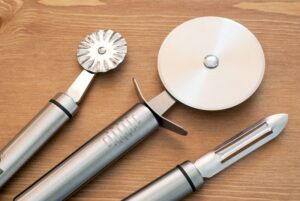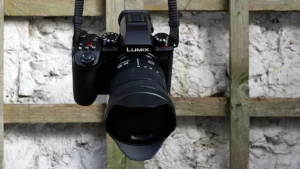Have you ever wondered about the distinct styles and features of various jumping saddles? Does the breadth of choices overwhelm you when it comes to choosing a new jumping saddle for your equestrian friend? Are you curious about what makes one saddle different from another, and how these variations impact the performance and comfort of both horse and rider? If yes, this guide to understanding different types of jumping saddles is tailor-made for you.
Within the equestrian world, the right equipment can make the difference between an excellent performance, and a lacklustre one. And perhaps there’s no other piece of equipment as crucial as the saddle. It’s a key link between the rider and the horse, a piece of craftsmanship that can make or break the riding experience.
In this comprehensive guide, we will pull back the curtain on the intricacies of a fine selection of jumping saddles. We will delve deep into the core components, the subtle nuances, the unmistakable essences that define every single type of jumping saddle that is catering to the vast spectrum of needs in the equestrian community.
What is a Jumping Saddle
At its essence, a jumping saddle is a specially designed piece of equestrian equipment meant to support both horse and rider through high stress jumping activities. Its design may vary, but what remains constant is its ultimate objective: to provide the maximum level of comfort, safety, and functionality.
Jumping saddles were born out of necessity: when horses began being used for sporting activities like showjumping, their regular saddles proved inadequate. These finely crafted pieces underwent evolutionary changes to excel in this specialised field, offering a comfortable and tight fit that can endure the intense pressure of jumping while ensuring stability.
The core components of a jumping saddle include the seat, the pommel, the cantle, the panels, the girth, and of course, the stirrups. Each of these components is specifically crafted to facilitate the challenging sport of jumping, offering a sense of security and command to the rider while safeguarding the horse’s comfort and safety.
Different Types of Jumping Saddles
When you start breaking it down, you’ll find that there are primarily three types of jumping saddles Close Contact Saddles, Eventing Saddles, and All-Purpose Saddles.
Close Contact Saddles
Close Contact Saddles, as the name suggests, are designed to enable a closer, deeper contact between the horse and rider. They have flatter seats, forward-cut flaps, and are lighter in weight, allowing for high mobility and precise control during jumps.
Eventing Saddles
Eventing Saddles, on the other hand, are engineered for eventing, a sport that requires riders to showcase their skills in dressage, cross-country, and show jumping. These saddles have a more forward cut and feature longer, straighter flaps than close contact saddles, offering additional stability and versatility.
All-Purpose Saddles
The All-Purpose Saddle is the jack-of-all-trades, built to perform well, whether it be dressage, jumping, or hacking. While they might not excel in any one aspect compared to specialised saddles, their versatility makes them a favourite among riders.
Pros of Different Jumping Saddles
Each type of jumping saddle comes with its own set of advantages and trade-offs. The close contact saddle, for instance, is lauded for its excellent control but lacks the comfort offered by an all-purpose or eventing saddle. At the same time, while eventing saddles are known for their versatility, they might not provide the intimate feel of a close contact saddle during jumps.
How to Choose the Right Jumping Saddle
Selecting the right saddle requires understanding your specific needs and comfort, your horse’s anatomy, and the saddle’s suitability to the task at hand. It requires patience, research, and often, professional assistance to make the right choice.
Conclusion
The world of jumping saddles may appear bewildering at first. They come in all shapes and sizes, each one boasting unique features and benefits. Yet, each saddle is a work of art that has been fine-tuned over the centuries to serve a singular purpose: bringing horse and rider together as a close-knit, cohesive unit.
Understanding the characteristics of different types of jumping saddles for sale the close contact, eventing, and all-purpose – can help you make an informed decision depending on your specific needs. Whether you need the close control offered by the close contact saddle, the versatility of the eventing saddle, or the all-rounded comfort of an all-purpose saddle, there is a perfect saddle out there waiting for you and your equestrian friend.
After all, to embark on the thrilling journey of show jumping, it is essential to do so in comfort, style, and utmost safety because that’s what exceptional horse riding is all about, and that’s exactly what a well-crafted jumping saddle promises to deliver.



